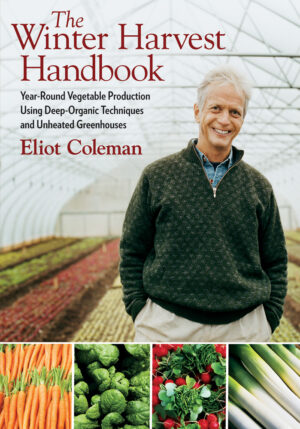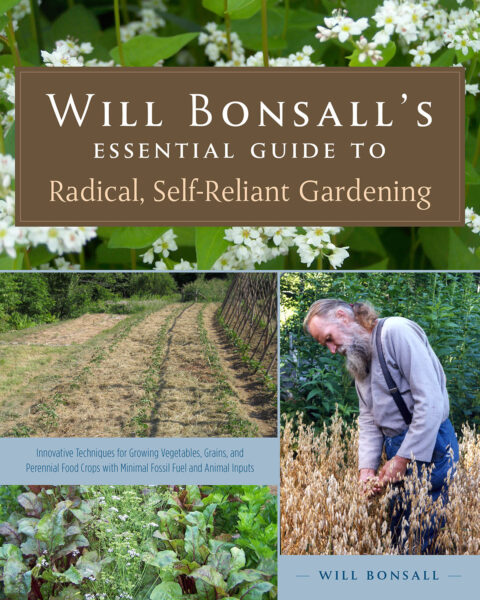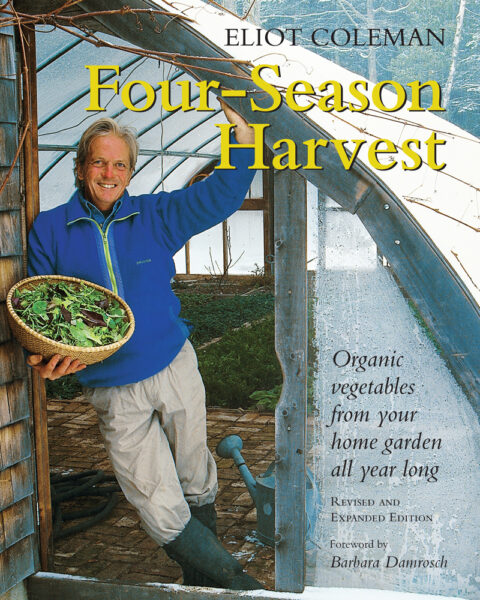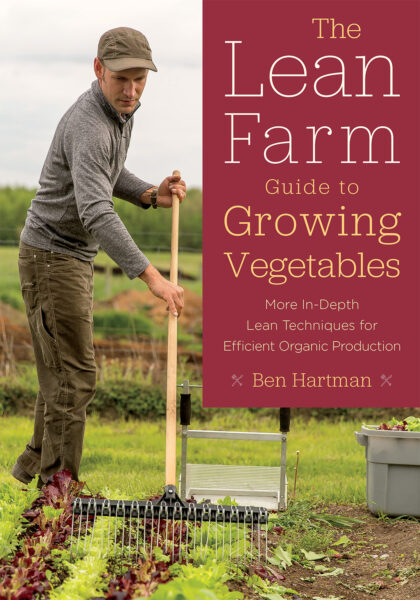Sweet Winter Carrots: Growing & Harvesting
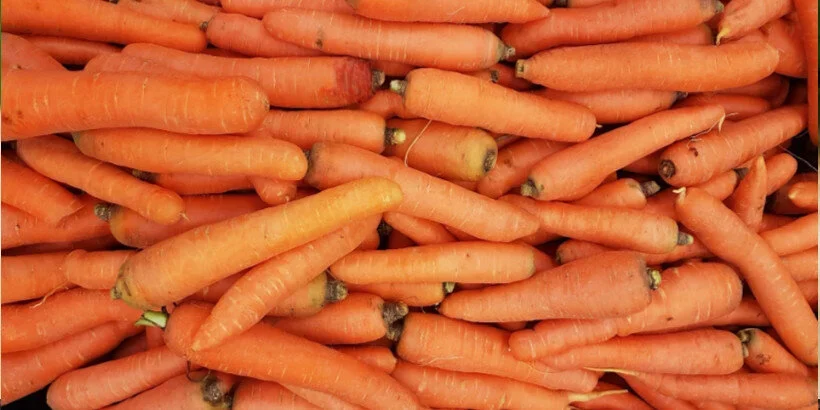
Want to keep growing great food during the cold months? Try growing winter carrots in your cold house!
These carrots, which Eliot Coleman grows on his farm in the winter, are even sweeter and more flavorful than the more conventionally timed “spring carrots.”
The following is an excerpt fromThe Winter Harvest Handbook by Eliot Coleman. It has been adapted for the web.
A Guide to Sweet Winter Carrots
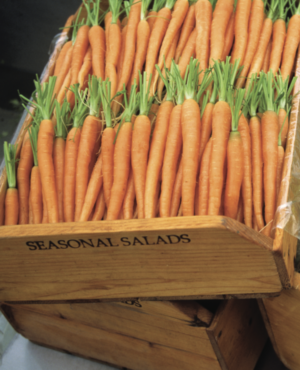 “Sweet Winter Carrots” are our most acclaimed winter crop. Parents in nearby towns tell us all the time how much their children like these crunchy treats.
“Sweet Winter Carrots” are our most acclaimed winter crop. Parents in nearby towns tell us all the time how much their children like these crunchy treats.
We leave these carrots in place in the soil under the cold houses, digging them over time as needed. The most successful variety we have found thus far for wintering in the soil is ‘Napoli’, a small-size but full-flavor carrot.
When to Plant Winter Carrots
We plant for October harvest during the last week of July and for later harvests, the first week of August. We plant in soil fertilized by turning under a soil-improving green manure of oats and peas a month before we sow the carrots. We cover large areas of carrots with mobile greenhouses in late October.
Our “Sweet Winter Carrots” are always dug fresh from the soil in which they grow; we dig them outdoors in October and November and from the greenhouse-covered beds in December, January, and February.
In-Ground Storage
The in-ground, cold-soil storage further enhances their flavor, sweetness, and raw-eating crunch so that the last ones harvested in late February are even sweeter than the first.
Since the tops remain green under the inner layer, we sell our carrots with one and one-half inches of green top at all times. This makes for a beautiful pack and identifies our carrots as “freshly harvested” rather than from storage, allowing us to charge a premium price.
These carrots have an almost legendary popularity in our markets. We cannot grow enough of them to meet the demand. The tastiness resulting from fall growing and cool-soil storage elevates the humble carrot to another plane.
When to Harvest and Eat Winter Carrots
While delivering in our stores we have seen little children rush to the produce counter, entreating their parents to buy lots of “candy carrots.” This crop is at its best for only a five-month season from October through February. Once new top growth begins in March, they start to lose their sweetness.
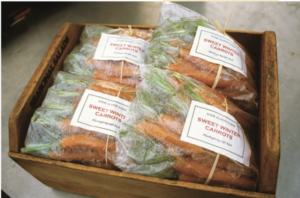 We have experimented with extending the harvest season of our sweet carrots, but we haven’t succeeded yet. We tried adding a layer of insulation over some beds in mid-January to forestall spring regrowth, but that prevented the important daily influx of sun warmth, causing the carrots and the soil to freeze solid for weeks.
We have experimented with extending the harvest season of our sweet carrots, but we haven’t succeeded yet. We tried adding a layer of insulation over some beds in mid-January to forestall spring regrowth, but that prevented the important daily influx of sun warmth, causing the carrots and the soil to freeze solid for weeks.
The carrots were of poor quality when they thawed. We have also planted carrot varieties that resume their root growth in spring from a late-September/early-October sowing date in hopes of finding one that would be harvestable in April. Thus far the flavor has been disappointing.
We sow a new crop of carrots during the winter to sell in the spring. Our new-year sowings of carrots, made in late December following fall lettuce, are ready for sale by May 10. For these we use the varieties ‘Mokum and Napoli’. These are deliciously sweet spring carrots, but no matter how tender and flavorful our spring carrots may be, they cannot match the acclaim of our sweet winter carrots.
Recommended Reads
Recent Articles
Garden strawberries are excellent for both covering the ground and for growing fruit. If you’re planning out a forest garden, or are just looking for a plant to use as ground cover, strawberries are a great option. The following is an excerpt from The Home-Scale Forest Garden by Dani Baker. It has been adapted for…
Read MoreAsparagus is a delicious vegetable with a layered history. How did this aspiring spear make its way from growing in the wild to appearing on our plates? The following is an excerpt from the The Seed Detective by Adam Alexander. It has been adapted for the web. “Nature gives us the key to every secret…
Read MoreInterested in growing trees? Here are some tips on successfully planting, transplanting, and pruning trees to create a flourishing forest garden! The following is an excerpt from The Home-Scale Forest Garden by Dani Baker. It has been adapted for the web. Planting Potted Trees and Shrubs If you order potted trees, check with your supplier to…
Read MoreWith the right strategies and practices, composting on a small farm is surprisingly easy and inexpensive. Just follow these steps for making compost, and your farm will be thriving in no time! The following excerpt is from The Lean Farm Guide to Growing Vegetables by Ben Hartman. It has been adapted for the web. (All photographs by Ben…
Read MoreGarlic mustard: while known as “invasive,” this plant can be consumed in its entirety and has great nutritional value. Plus, the garlic-flavor is a perfect addition to any recipe that calls for mustard! The following are excerpts from Beyond the War on Invasive Species by Tao Orion and The Wild Wisdom of Weeds by Katrina…
Read More

